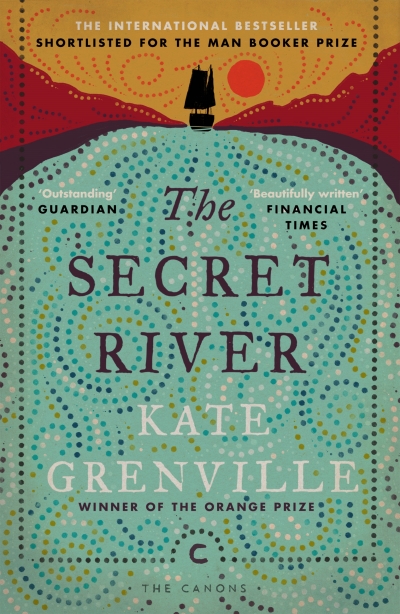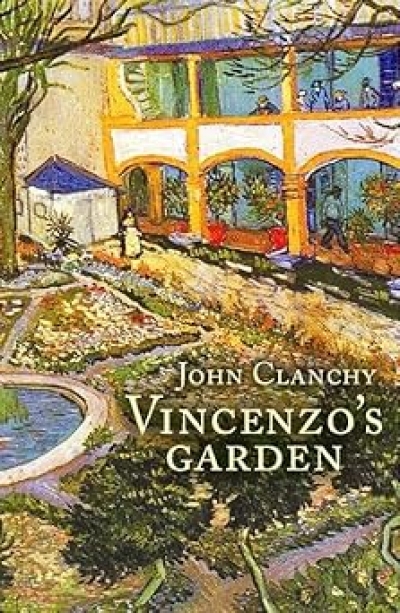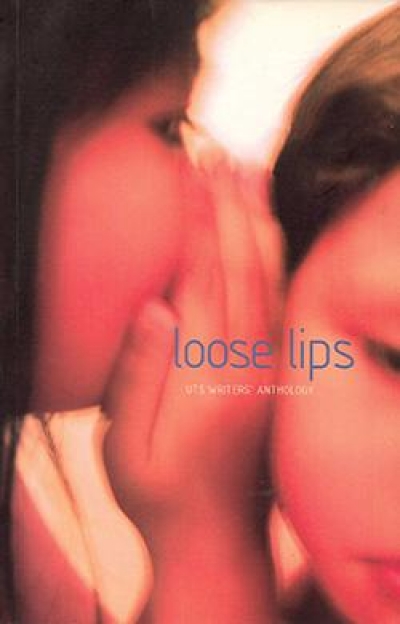Australian Fiction
Within a week of the recent release of Harry Potter and the Half Blood Prince, millions of children and adults around the world had read it. Now comes the long wait for the final tome in this cleverly designed series by the prolific J.K. Rowling. Nil desperandum. The fantasy novel for children – and especially crossover books which, like the Harry Potter series, appeal to both adults and children – has a long tradition, and there are a myriad other fantastic books to turn to, many of which have been written by Australian authors.
... (read more)Loose Lips edited by Lauren Finger et al. & True North edited by Marain Devitt
Day I – new suitors
The mountain thinks: Wilson, eh? Finally he comes. About time. The trucks stop on the north side where the Rongai route begins and Kilimanjaro’s powdered skirt tumbles out of Tanzania into Kenya. Her lower folds are less sensitive, but she still feels us among the thousands. In her stones she weighs our upward love and thinks: How much do you really want me? We start late and pad steadily from 1900 metres on the trail’s seamy musk with no perspective on the summit. Above us, only a shrug of fat hills and cloud. Kilimanjaro’s broad, high face (all ice-lashes and airless hauteur) is a vast four kilometres further up. Emmanuel tells us to walk polepole (slowly, gently). ‘Like walking your girlfriend home,’ he says.
... (read more)







